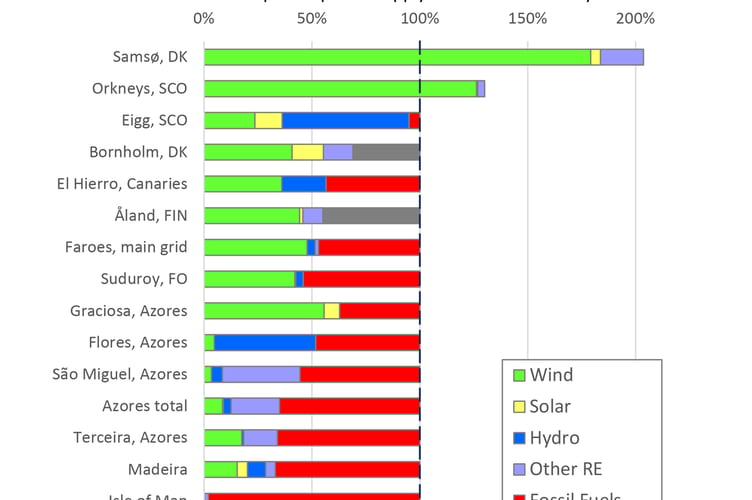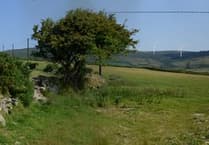With new evidence of the value of wind power on the Isle of Man, could this natural resource meet all our needs? We asked the experts at ESC (Energy & Sustainability Centre Isle of Man) for their view.
By itself, no. However, in combination with other technologies, wind can indeed provide most of our energy. The complication is caused by the variability of the wind. The amount of electricity generated from wind turbines is dependent on the strength of the wind and this varies according to the weather, out of sync with fluctuating consumer demand. This is where Pulrose gas power station has served us well – it can ramp up and ramp down to match the daily peaks and troughs. But the age of the plant, the emissions it produces and the high price of gas mean that an alternative has to be found within the next few years.
So, could wind power replace gas power from Pulrose? Most islands are addressing similar questions. How this is being dealt with this is two-fold. The first part of the solution is to introduce another cheap renewable power – solar. Although solar power is even more variable than wind, it still provides some balance as it can be sunny when there is little wind.

However, even with the right balance of wind turbines and solar panels, roughly one-third of the power is generated when it is not needed. So the second part of the solution is to use energy storage so that the surplus power can be saved for the times when there is insufficient renewable energy to meet demand. This gives renewable energy the flexibility of a power plant like Pulrose, without the carbon emissions of burning gas.
Whilst energy storage adds to the cost of wind and solar installations, the costs are predictable, fixed by the price of the equipment, and are typically a lot less than importing fuel or electricity. There are several options for energy storage. The economic choices boil down to four mature technologies - batteries, pumped hydro, compressed air and thermal (heat) storage. All four would work on the Island but batteries (for short blasts of power) and pumped hydro (for many hours of supply) are best in terms of scale, cost and our existing infrastructure.
So back to the original question, but adapting it slightly: the Isle of Man can run entirely on renewable energy provided wind power is integrated with energy storage and solar power. The islands of Samsø and Bornholm in Denmark, Orkneys and Eigg in Scotland and the Faroe islands are all demonstrating that this is both achievable and financially advantageous. Considering the Isle of Man’s remarkable wind, sun, water and topography, in many ways we have better renewable resources than any of these islands. And, with world tensions as they are, the sooner we move away from dependence on fossil fuels the better.
*From Government legislation which encourages the whole community to contribute towards achieving net-zero targets to the type of green energy that’s best suited for the Island’s future needs, experts from ESC (the Energy & Sustainability Centre IOM) are helping decision-makers to make informed choices. Several leading businesses – Zurich on the Isle of Man, KPMG in the Crown Dependencies, The Peel Group, Capital International Group and Best Energy Solutions Limited – have already become ESC partners because they share the charity’s mission and vision. To find out more about ESC go to www.energysustainabilitycentre.im or follow the charity on Facebook, LinkedIn and X.




